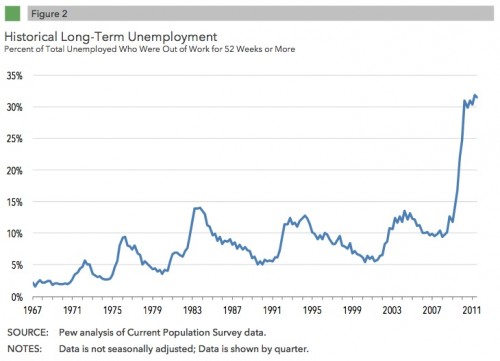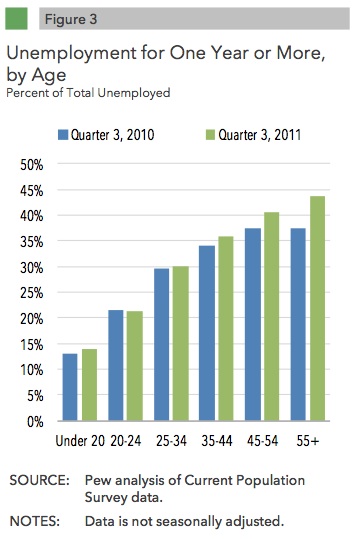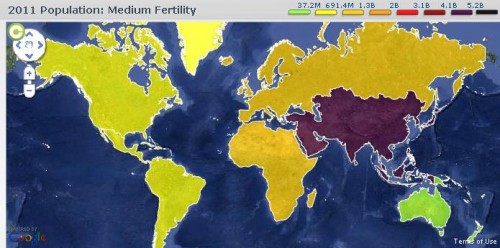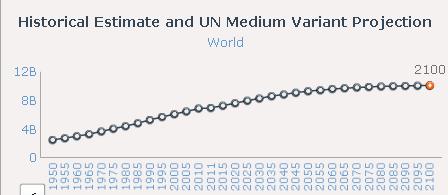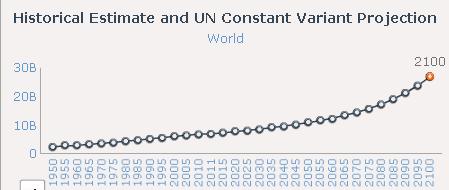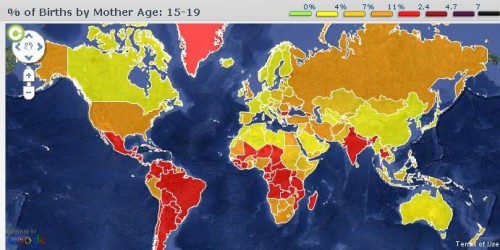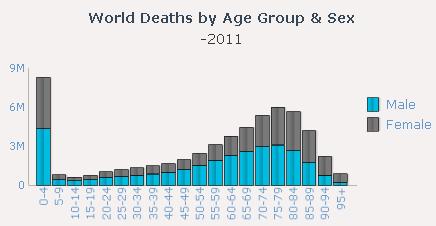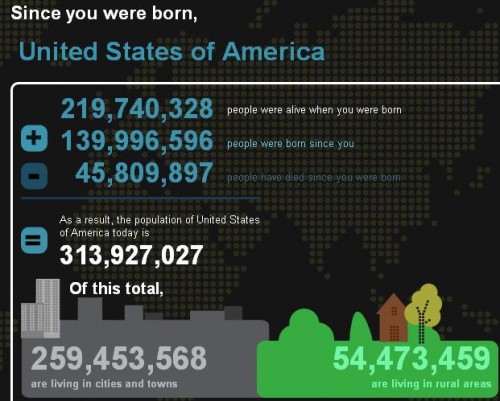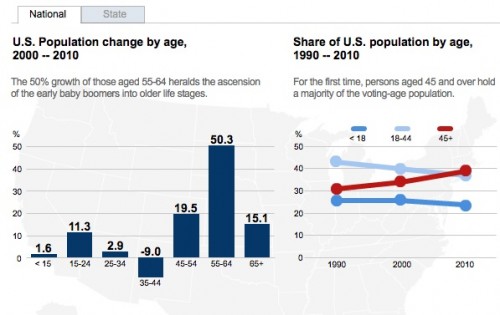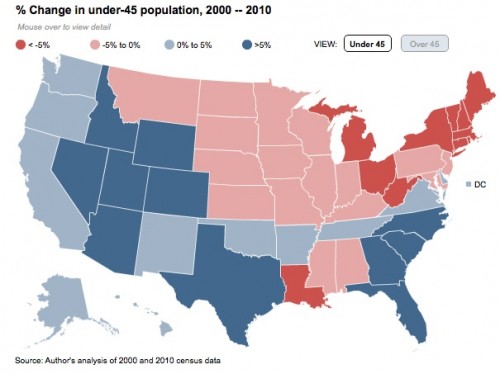In her August 13 column in the Washington Times Communities section, Rebekah Kuschmider declares proudly, “So here’s the thing: I am not embarrassed about my stretch marks.” It’s a great message. Women should love their aging skin and reject the impossible Photoshop beauty standards that make us hate ourselves. Kuschmider describers herself as, not a Barbie Doll, but a “Velveteen Rabbit, so worn and loved that I’ve become real.”
Two curious images, however, accompany this story about a (presumably) wealthy white woman’s stretch marks. The two women pictured with Kuschmider’s column are actually a Thai woman from a village near Burma and an Indian laborer from the city of Diu (according to the Flickr pages from which the photos were captured). The old Thai woman’s face is a shrunken apple; tattoos cover the younger Indian woman’s neck, and the whites of her eyes are yellowed from exposure to the sun. Both women are beautiful.
But why don’t we see, not to get too invasive here, the stretch marks of which Ms. Kuschmider is justifiably proud? Why do we instead see haunting portraits that seem to come straight off the pages of National Geographic? The underlying message from whoever chose these photos (the author? an online editor?) is that wrinkles look exotic on poor women whom privileged Americans love to gawk at. We don’t expect them to be attractive by our standards – they’re so lovely in their way, so tragic. But wealthier white women?

